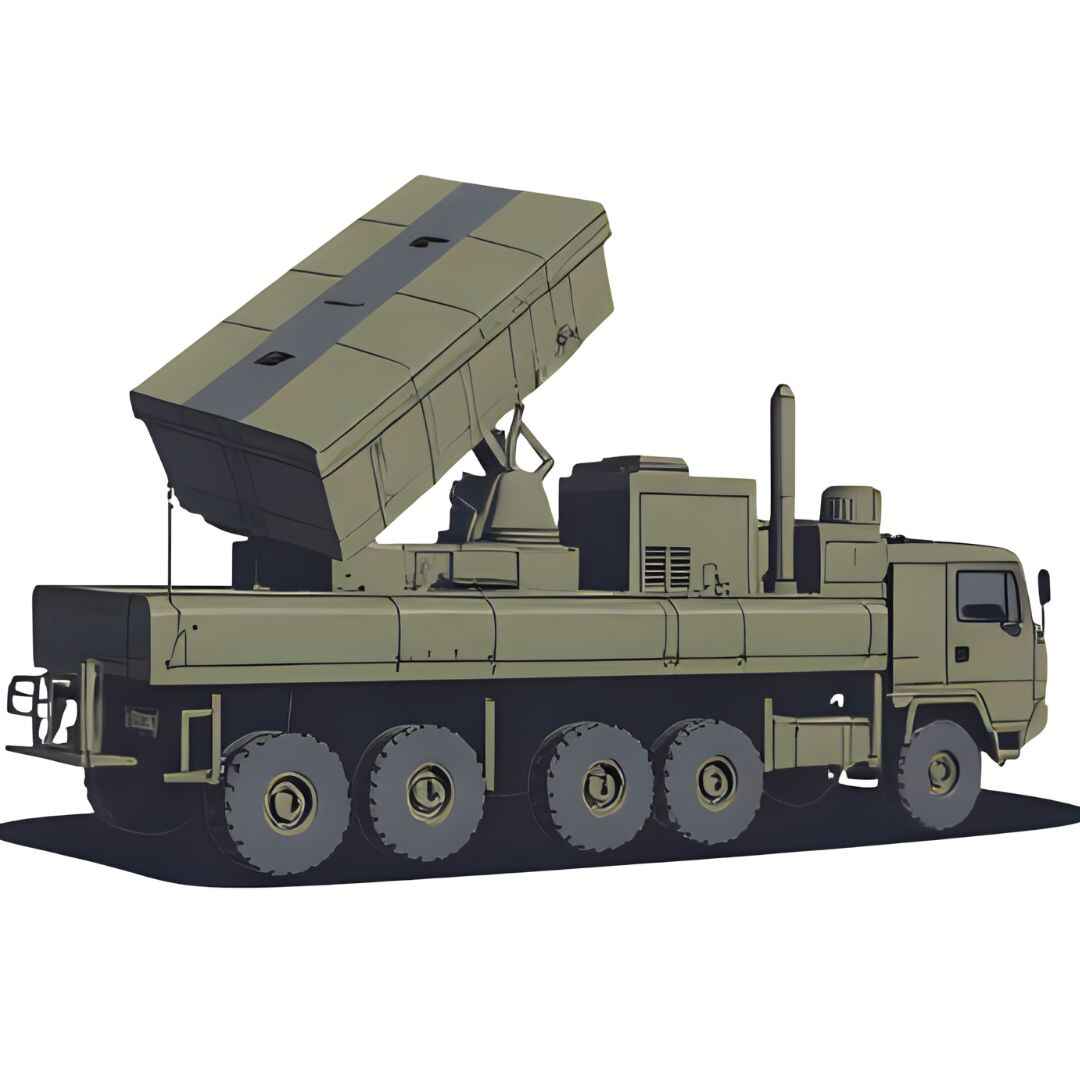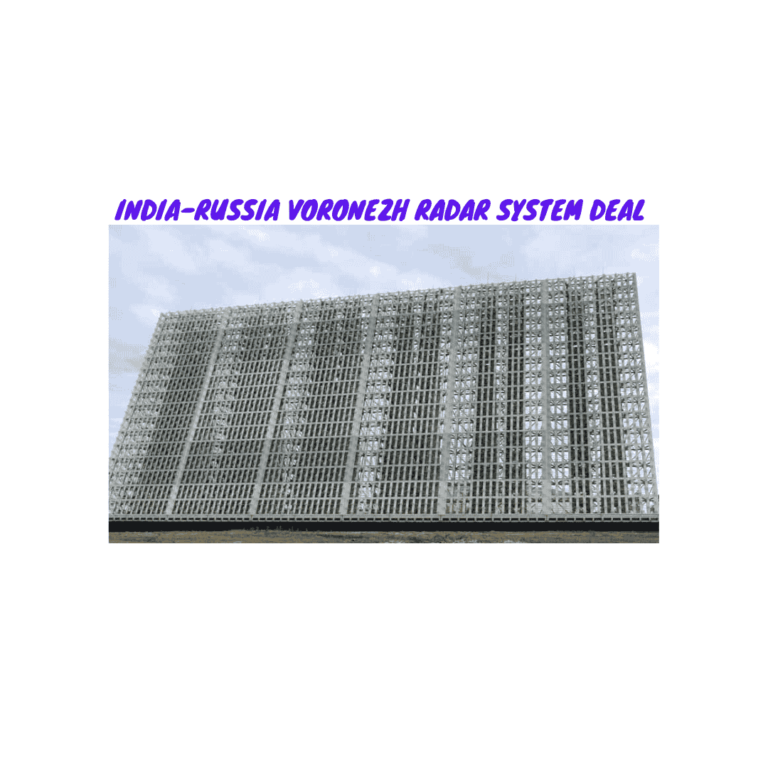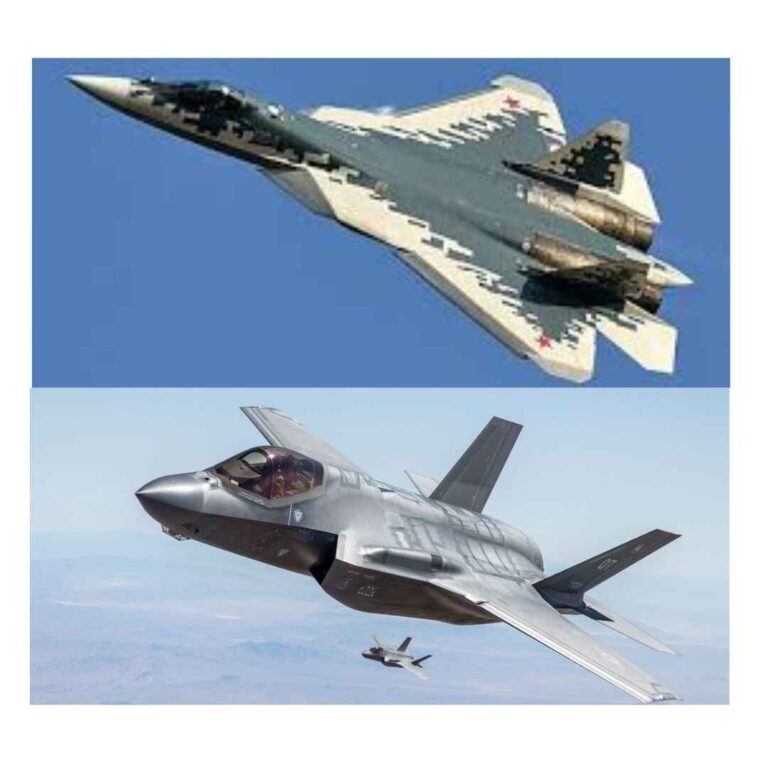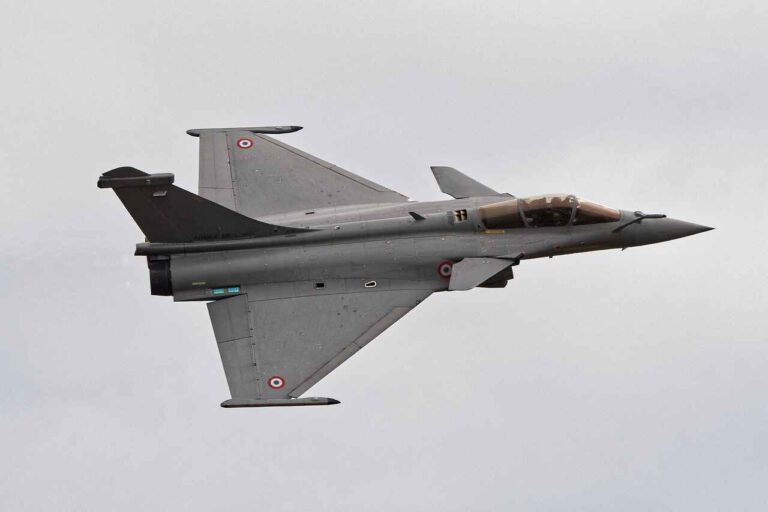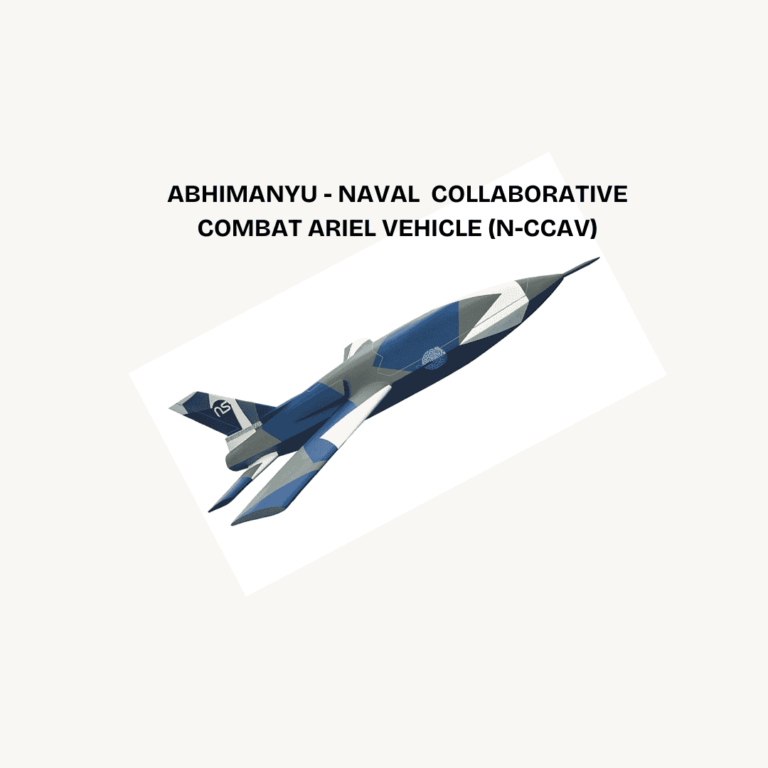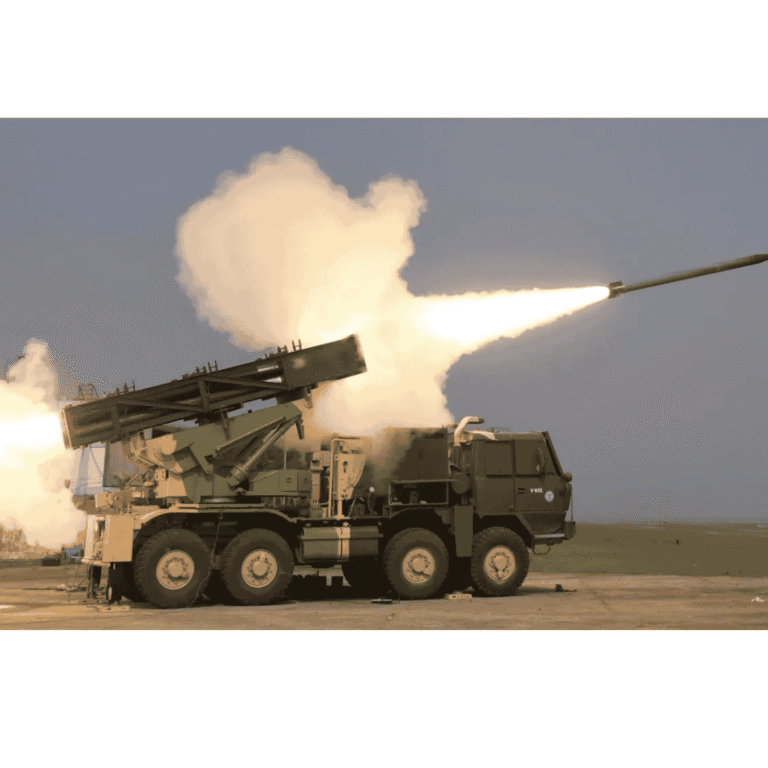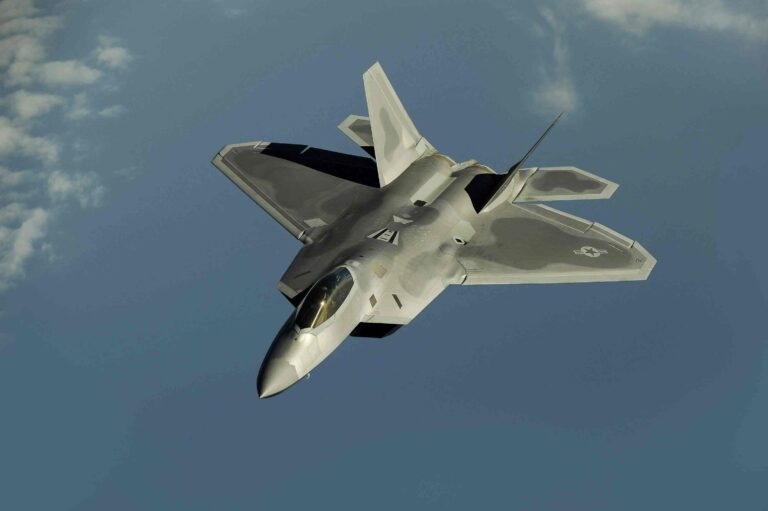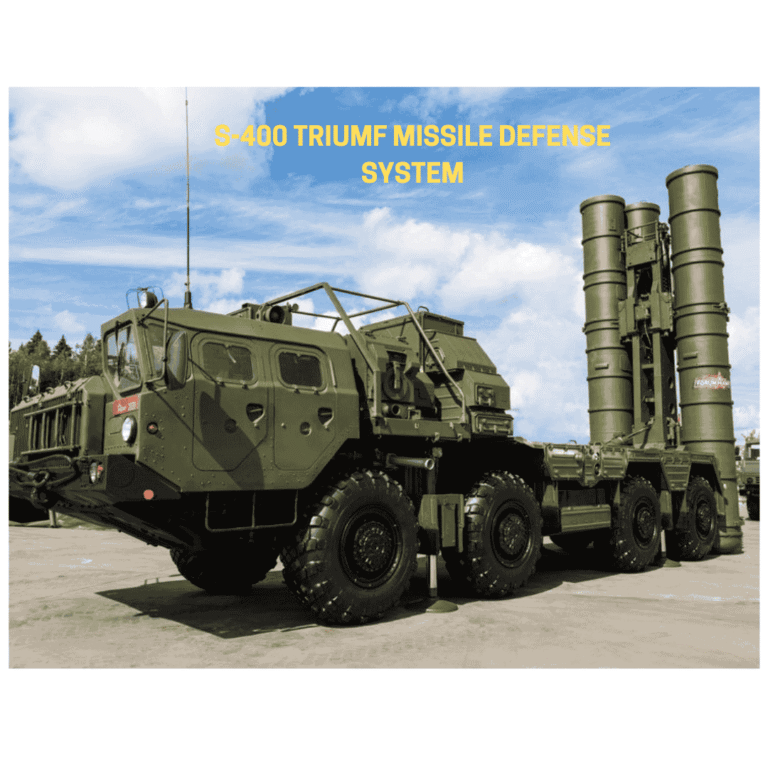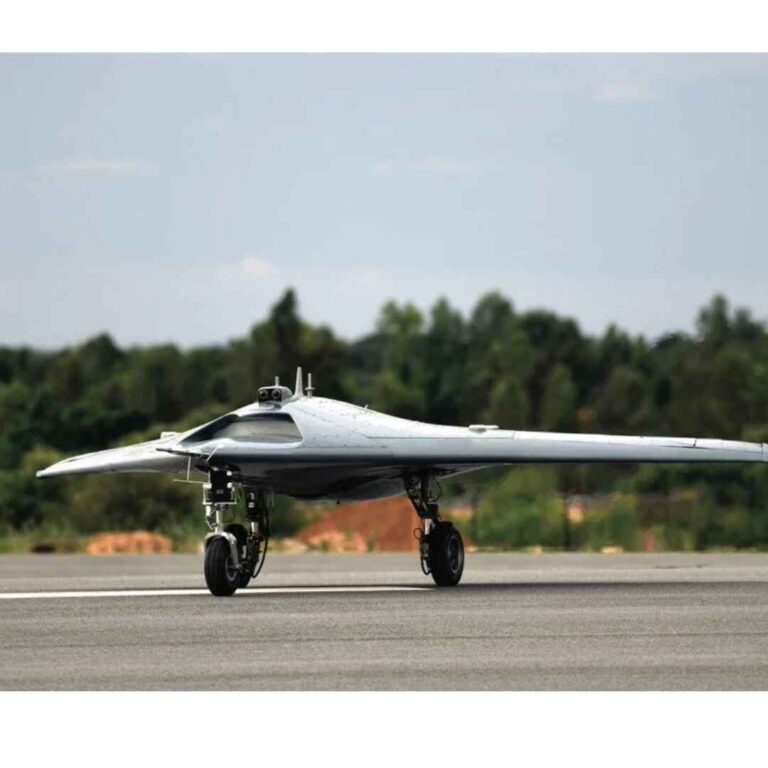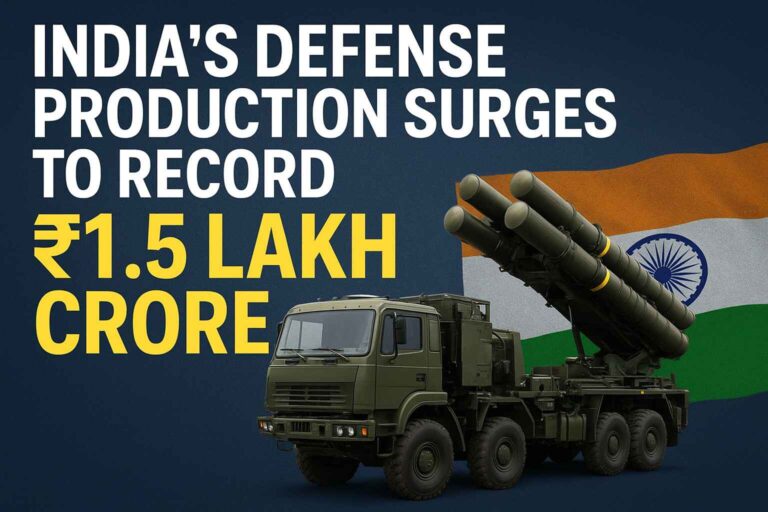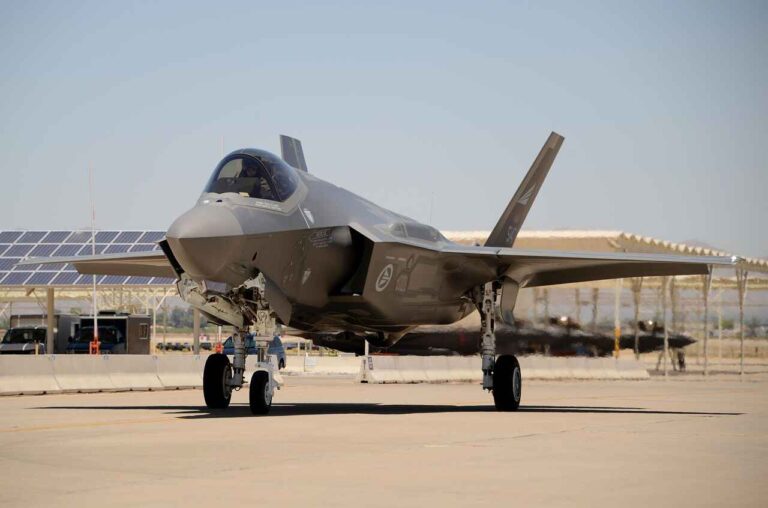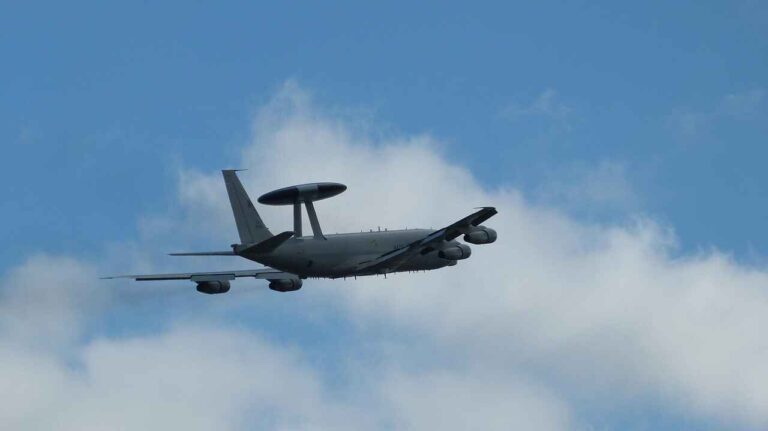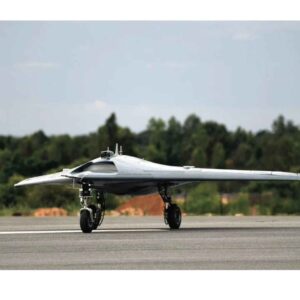Introduction
Launched by the Defence Research and Development Organisation (DRDO), Project Kusha is envisioned as a state-of-the-art long-range surface-to-air missile (LRSAM) system, designed to neutralize hostile aerial threats at distances exceeding 250 kilometers. It represents India’s ambition to match, and in some aspects surpass, the capabilities of global systems like Russia’s S-400 and the U.S. THAAD, but with an indigenous touch rooted in the ethos of Atmanirbhar Bharat.
More than just a military hardware project, Kusha reflects a strategic doctrine shift—India’s transition from being a buyer of cutting-edge defense technology to becoming a creator and exporter of next-generation air defense systems.
In a region dominated by China’s fast expanding missile arsenal and Pakistan’s unexpected provocations, Project Kusha stands out as a symbol of national deterrence and technological assurance.
Genesis of Project Kusha
The Defence Research and Development Organisation (DRDO) initiated Project Kusha as a part of its larger effort to build multi-tier air defense capabilities that complement existing systems such as Akash, MR-SAM, and the imported S-400. The project draws from technological lessons learned through the development of Ballistic Missile Defence (BMD) Phase II, as well as the Medium Range Surface-to-Air Missile (MRSAM) system developed jointly with Israel.
Approved by the Ministry of Defence with a budget reportedly exceeding ₹20,000 crore, Project Kusha is entirely indigenous, developed under the umbrella of the Atmanirbhar Bharat initiative. It is being spearheaded by DRDO’s Research Centre Imarat (RCI) in Hyderabad, in coordination with other key labs and public sector undertakings such as Bharat Electronics Limited (BEL) and Bharat Dynamics Limited (BDL).
Crucially, the Indian Air Force (IAF) is the principal end buyer, however the Indian Army is anticipated to participate in future deployments. The system is intended to provide long-range, all-weather, multi-target, multi-layer air defense capability, defending vital assets, command centers, and population centers against potential aerial threats.
Project Kusha was developed out of the urgent need to maintain strategic autonomy, operational flexibility, and long-term sustainability in one of the most sensitive and mission-critical domains of national security.
Technical Specifications and Capabilities
Project Kusha represents a significant leap in India’s indigenous air defense technology, designed to intercept and neutralize a broad spectrum of aerial threats—including fighter aircraft, cruise missiles, ballistic missiles, precision-guided munitions, and unmanned aerial vehicles (UAVs). The system is being developed as a long-range surface-to-air missile (LRSAM) system with advanced detection, tracking, and neutralization capabilities across various threat profiles and altitudes.
Range and Engagement Envelope
- Project Kusha is designed to intercept hostile targets at ranges up to 350 km, with layered interception capabilities at shorter distances for overlapping coverage.
- It is expected to engage targets at altitudes ranging from low-flying drones to high-altitude ballistic threats, including exo-atmospheric interception in future configurations.
- The system will likely consist of multiple interceptor variants, each optimized for different types of targets and engagement zones (low, mid, and high altitude).
Interceptor Missiles
- Project Kusha will deploy solid-fuelled interceptor missiles equipped with active radar seekers for terminal guidance and high manoeuvrability.
- These interceptors are expected to include:
Hit-to-kill capabilities for precision neutralization of ballistic threats.
Directional warheads for proximity kill in case of cruise missile or UAV interception.
- The missile systems will be canister zed, ensuring rapid launch, longer shelf life, and high mobility for deployment.
Multi-Function Radar Systems
- Project Kusha will incorporate multi-function AESA radars capable of 360-degree tracking, target acquisition, and fire control.
- These radars are being developed to detect stealth aircraft, hypersonic glide vehicles, and low-RCS (Radar Cross Section) UAVs.
- The radar will operate on X- and S-band frequencies, ensuring a balance between long-range tracking and high-resolution targeting.
Command and Control Architecture
- The Command-and-Control system will be network-centric and AI-enabled, allowing for automatic threat prioritization and engagement sequencing.
- It will feature real-time data fusion, multiple-target tracking, and integration with India’s existing air defence infrastructure including the IAF’s Integrated Air Command and Control System (IACCS).
- Modular architecture ensures the system can operate independently or as part of a larger, multi-tiered national air defence network.
Interoperability and Expansion Potential
Project Kusha is being developed with future interoperability in mind:
- Capable of integrating with satellite-based early warning, space situational awareness, and hypersonic threat detection systems.
- Potential for naval adaptation and export variants for partner nations, depending on final performance and strategic considerations.
Operational Role and Integration
The strategic value of Project Kusha is derived not only from its superior technological components, but also from its seamless integration with India’s evolving multi-layered air defense system. Project Kusha, which is designed to provide long-range, high-altitude, and all-weather protection, will be crucial in safeguarding critical assets, deterring aerial aggression, and ensuring India’s ability to operate freely in contested airspaces.
Core Operational Role
- Project Kusha is intended to serve as India’s top-tier air defence layer, tasked with intercepting and neutralizing threats well before they enter Indian airspace.
- It will primarily protect strategic assets such as:
- Nuclear command-and-control infrastructure
- Military bases and airfields
- Critical industrial and energy facilities
- Major urban centres and national capital zones
- The system’s high responsiveness and extended range enable it to address not just tactical threats, but also strategic missile attacks and pre-emptive first-strike scenarios.
Integration into Multi-Layered Air Défense Network
India has long worked on establishing a multi-tiered air defence shield, comprising systems like:
- Akash (short- to medium-range)
- MR-SAM (medium-range)
- S-400 Triumf (long-range, imported from Russia)
- Ballistic Missile Defence (BMD)
Project Kusha is expected to:
- Bridge the capability gap between MR-SAM and BMD Phase-II systems.
- Operate in tandem with existing radars and interceptor platforms under the Integrated Air Command and Control System (IACCS).
- Overlay multiple air defense zones, offering redundancy, depth, and resilience against saturation or stealth attacks.
Inter-Service and Joint Operations Potential
Though currently led by the Indian Air Force, Project Kusha is being developed with future tri-service operability in mind:
- Indian Army could deploy Kusha systems for theater-level defense in forward areas.
- Indian Navy may seek adaptation for shipborne or coastal defense variants in later phases.
- The project aligns with India’s emerging Theatre Commands structure, offering plug-and-play compatibility in future integrated battle groups.
Rapid Deployment and Network-Centric Warfare
Mounted on high-mobility trucks, it may be quickly deployed to counter emerging threats.
Integration with real-time ISR (Intelligence, Surveillance, and Reconnaissance) and AI-based target acquisition systems ensures fast response times.
It enables automatic threat evaluation and coordinated reaction in network-centric warfare scenarios.
Development Timeline
Though not officially disclosed in detail, the expected timeline of Project Kusha’s development may resemble the following phases:
| Phase | Timeline | Details |
| Concept and Design Finalisation | 2021-2022 (Completed) | Initial DRDO-led design with user input from IAF |
| Technology Development | 2022-2024 (Underway) | Interceptor prototypes, radar system architecture |
| Subsystem Testing | 2024-2025 (Planned) | Ground trials of propulsion, seeker, C4I systems |
| Integrated System Testing | 2025-2026 (Planned) | Interceptor launches, radar tracking, and full-system trials |
| User Trials and Validation | 2026-2027 (Targeted) | IAF-led evaluations across multiple terrains and scenarios |
| Induction and Deployment | 2027 onwards (Tentative) | Initial operational capability for strategic zones |

